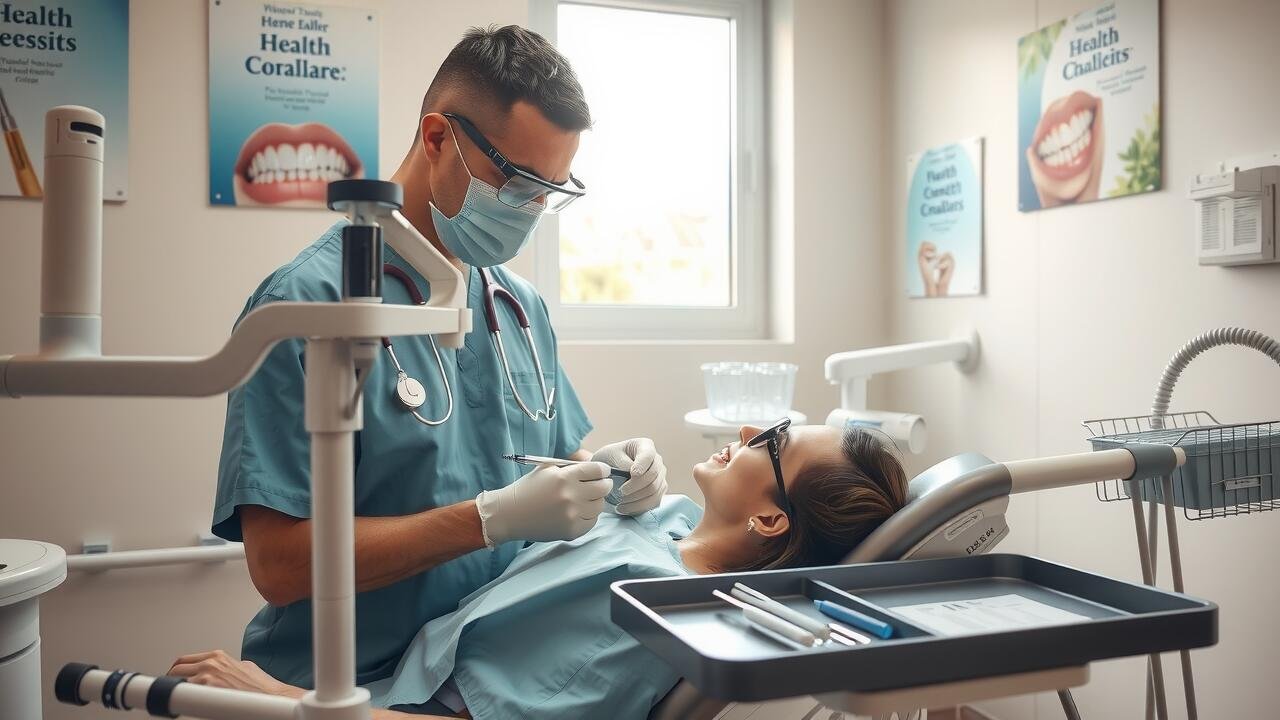
Potential Risks of Avoiding a Crown
Avoiding a crown after a root canal can lead to several complications that may compromise the integrity of the tooth. The root canal procedure removes infected tissue but leaves the tooth weakened and vulnerable to fractures. Without the protective cap of a crown, the tooth is at risk of sustaining damage from normal chewing forces or accidental trauma. This could ultimately result in the loss of the tooth, necessitating more extensive and costly dental treatments.
Choosing not to pursue a crown can also lead to potential issues with the surrounding teeth. The unprotected tooth might shift or drift, affecting the alignment of adjacent teeth. This misalignment can cause bite problems and additional strain on other teeth, possibly leading to further dental issues down the line. If you’re considering your options, searching “Root Canal Treatment near me” can help you find a qualified dentist to discuss the importance of crown placement.
Consequences of Skipping Restoration
For individuals who have undergone a root canal, skipping the restoration process can lead to significant long-term consequences. The tooth that was treated becomes more fragile after root canal therapy. Without a crown, the risk of fractures increases, which can compromise the integrity of the tooth and may lead to further pain or the need for extraction. Patients often seek “Root Canal Treatment near me,” but neglecting the subsequent restoration can undermine the effectiveness of the initial treatment.
Additionally, an unprotected tooth may become susceptible to decay. Bacteria can easily infiltrate the exposed tooth structure, increasing the chances of infection and additional dental issues. This situation may warrant further procedures, including retreatment or even tooth removal. Establishing a positive dental hygiene routine is crucial, especially after a root canal, to prevent such complications. Seeking guidance from a dental professional is vital to ensure proper care and restorative practices.
The Crown Placement Process
The crown placement process typically begins with an initial consultation where the dentist assesses the tooth after a root canal treatment. This evaluation helps determine the specific type of crown to use based on the tooth’s location and condition. Many patients search for “Root Canal Treatment near me” to find a qualified professional who can guide them through this process. The dentist usually takes impressions and may place a temporary crown to protect the tooth while the permanent crown is being fabricated.
Once the permanent crown is ready, another appointment is scheduled for its placement. During this visit, the dentist removes the temporary crown and prepares the underlying tooth for the new crown. This may involve adjusting the tooth or ensuring that it fits well in the patient’s bite. The crown is then securely bonded to the tooth, providing both protection and functionality. Proper alignment and aesthetics are crucial aspects of this step, as the goal is to restore the tooth’s appearance and strength effectively.
What to Expect During Crown Installation
During your crown installation appointment, your dentist will first numb the area around the treated tooth. This ensures that you remain comfortable throughout the procedure. After ensuring you feel at ease, the dentist removes any temporary filling that may have been placed after your root canal treatment. They will then prepare the tooth by shaping it to accommodate the new crown, ensuring a snug fit. Imaging may be taken to verify that everything is in order before the crown is finalized.
Once the tooth is prepared, your dentist will take impressions to create a custom crown that accurately matches the shape of your natural teeth. Depending on the materials used, the crown may be made in the office or sent to a dental lab for fabrication. While you may experience some pressure during the fitting, the procedure is generally straightforward. After your crown is ready, your dentist will carefully place it over the tooth and make any necessary adjustments for optimal comfort and functionality. If you’re considering this procedure, searching for “Root Canal Treatment near me” can help you find a qualified professional to assist you.
Caring for a Crowned Tooth
Caring for a crowned tooth is essential to ensure its longevity and maintain overall dental health. Regular brushing and flossing are vital practices that help prevent plaque buildup and decay, both of which can compromise the integrity of the crown. Patients should use a soft-bristled toothbrush and fluoride toothpaste to avoid damaging the crown while still effectively cleaning the area. Additionally, it’s crucial to schedule routine dental check-ups so your dentist can monitor the condition of the crown and the surrounding teeth.
Maintaining good habits also includes being mindful of what you eat after getting a crown. Hard or sticky foods can pose a risk to crowns, potentially leading to damage or dislodgement. If you experience any discomfort or notice issues with the crowned tooth, seeking immediate attention from a dental professional is important. Searching for “Root Canal Treatment near me” can help you find the right expert to address any concerns you may have.
Best Practices for Dental Hygiene
Maintaining proper dental hygiene after a crown placement is essential for its longevity and the overall health of your teeth. Regular brushing and flossing help prevent the buildup of plaque and bacteria around the crowned tooth. Utilize a soft-bristled toothbrush and fluoride toothpaste, ensuring you gently clean all surfaces of your teeth, including the area surrounding the crown. Visiting your dentist for routine check-ups is crucial as they can examine the crown and surrounding teeth for any signs of decay or deterioration.
In addition to regular brushing and flossing, it’s important to be mindful of your diet. Avoid extremely hard or sticky foods that could potentially damage the crown. Staying hydrated and choosing foods rich in vitamins can support gum health and contribute to overall oral hygiene. If you are looking for professional assistance, searching for “Root Canal Treatment near me” can lead you to qualified dentists who can provide guidance and care for crowned teeth.
FAQS
Why would I need a crown after a root canal?
A crown is needed after a root canal to provide strength and protection to the tooth, as it may be more susceptible to fractures after the procedure.
What are the risks of not getting a crown after a root canal?
Not getting a crown can lead to tooth fractures, reinfection, and ultimately, tooth loss. It also may result in the need for more extensive dental work in the future.
How long does the crown placement process take?
The crown placement process typically requires two visits: one for creating impressions and fitting a temporary crown, and another for placing the permanent crown, which can take a few weeks.
What should I expect during the crown installation?
During the crown installation, your dentist will remove the temporary crown, prepare the tooth if necessary, and then place the permanent crown. You may experience some discomfort, but it should be manageable.
How do I care for a crowned tooth?
Caring for a crowned tooth involves maintaining good dental hygiene practices, such as regular brushing and flossing, and visiting your dentist for routine check-ups to ensure the crown remains in good condition.


